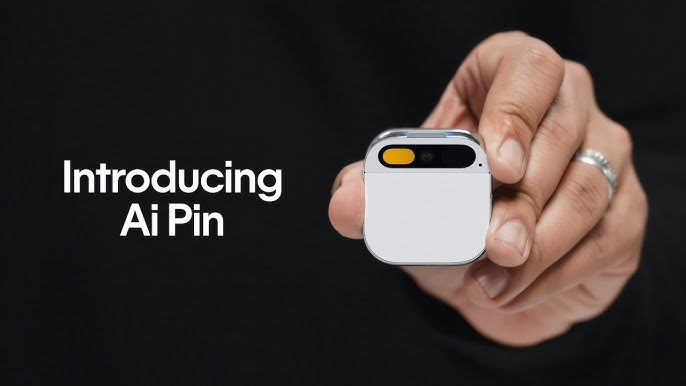Humane AI Pin is one of the most fascinating and talked-about innovations in wearable technology right now. Developed by former Apple executives, this small device aims to redefine how we interact with technology—without needing a screen.
At first glance, the AI Pin looks like a minimalist badge you clip onto your clothing. But under the hood, it’s packed with powerful AI features that could signal a shift away from traditional smartphones.
So what does it actually do?
The AI Pin uses voice recognition, gesture controls, and a tiny built-in projector to serve as your personal assistant. It can take notes, answer questions, translate languages, and even project visuals onto your hand or nearby surfaces. Instead of tapping on an app, you speak naturally, and the device responds intelligently.
One of the most exciting parts is how it handles privacy. The AI Pin doesn’t always listen or record by default. It has a unique “Trust Light” system to let you know when it’s active, and its processing is designed to keep your data as private and secure as possible.
Another standout feature is its independence. Unlike a smartwatch that’s tethered to a phone, the AI Pin works on its own. It connects to the cloud through its own cellular connection, and it’s smart enough to manage context, intent, and follow-up questions—all in real time.
The Humane AI Pin represents a bold vision: replacing the constant distraction of screens with a more ambient, human-centered experience. It’s not just another gadget. It’s a new way of thinking about computing—always accessible, yet nearly invisible.
While it’s still early days and the product has a premium price tag, the concept is a glimpse into where personal tech might be headed. Imagine a future where your assistant is always with you, understands your world, and helps you navigate it quietly in the background.
Stay with Tecnoalimen Portal for more updates on the future of wearables, AI, and the evolving relationship between humans and machines.




